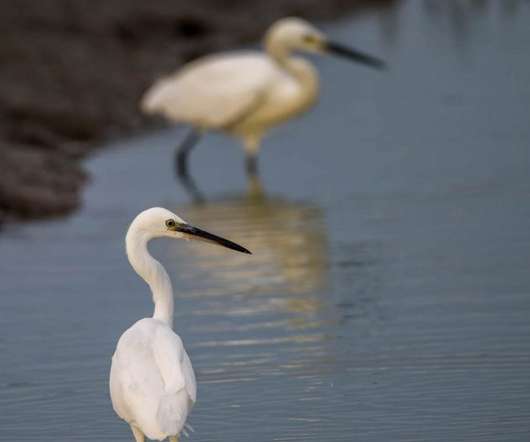Mad Cow Disease Appears in California
Critter News
APRIL 24, 2012
The reemergence of mad cow disease, discovered in a California dairy cow, could have major implications for the state’s meat industry, even though officials have said that the human food supply is unaffected. Department of Agriculturetests about 40,000 cows a year in its effort to catch the disease.

















Let's personalize your content